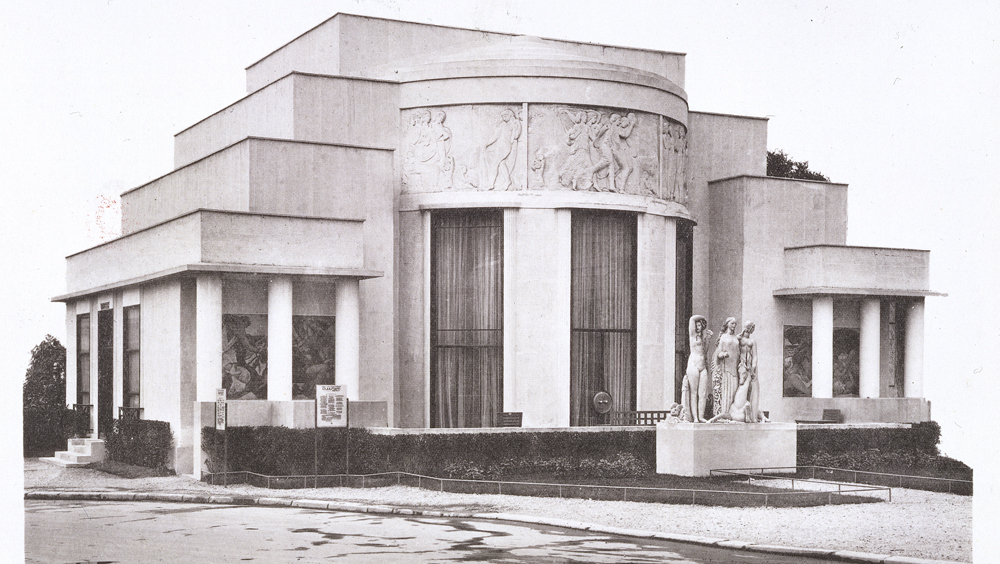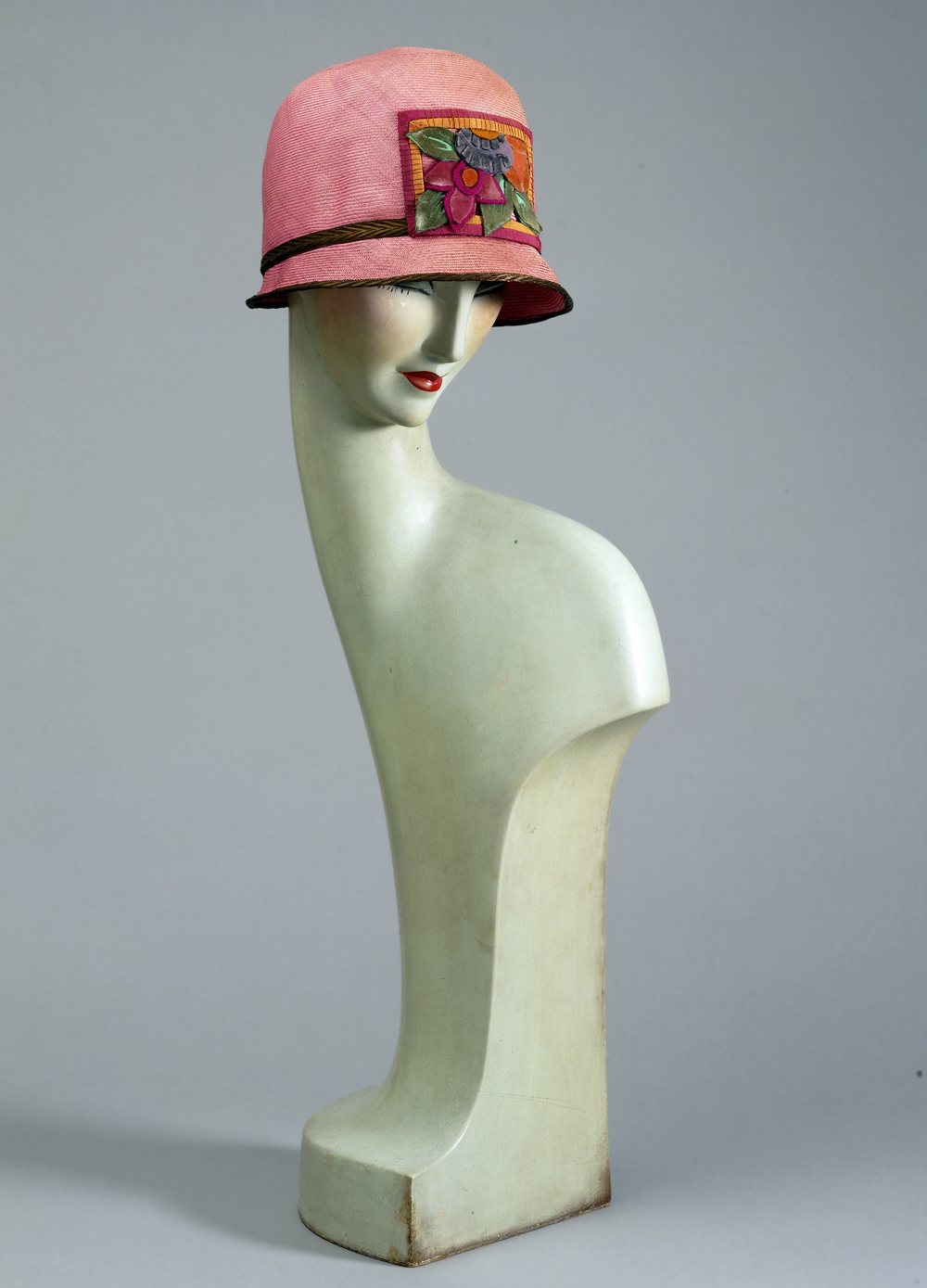
(Source: deco-shades.com) The Rockefeller Centre, The Chrysler Building and the Empire State building. All are based on a stacked, almost Russian doll look of rectangular columns, and I especially like the contrast between the structured curves and sharp lines on the Chrysler Building.
In 1925, the Exhibition of Decorative Arts was held in Paris. It was to showcase the achievements of new modern decorative arts, and many artists and designers showing were urged to not use anything that had been done; with most focusing on modernisation of tradition or complete modernisation, and so the world was inspired immediately by this sense of progression, completely changing the worldwide aesthetic. Many French designers and artists showed their work, making sure Paris was still the trendsetting capital of the world.
(Source: wolfsonian.org) Poster for the exhibition.

(Source: V&A) The Hôtel d'un Collectionneur

(Source: gallerieseru.com) Inside the Hotel d'un Collectionneur - the 'Grand Salon' or 'The Oval Room'
Another notable part of the exhibition was the new generation of mannequins on display in the windows of the exhibition boutiques - they were more streamlined and exaggerated, with graceful long necks and angular, perfectly rouged and lined faces. They reflected the new style of illustration and the simple nature of the architecture and decoration around. Pierre and Siegel Imans created mannequins inspired by cubism and avant-garde art.
(Source: marshabentleyhale.com) Mannequin by Pierre Imans

(Source: V&A) Mannequin bust and head for Milinery and Jewellery in the exhibition - creator unknown.

(Source: glymskratti.blogspot) You can see the similarities in the sculpted mannequin to the illustration style of the time, as seen on a 20's cover of VOGUE magazine.
Artists such as Kandinski were thriving in this forward-thinking abstract time, and so many brilliant works of art and design came round to inspire future generations.
(Source: christies.com)

(Source: moma.org)

(Source: christies.com)


No comments:
Post a Comment